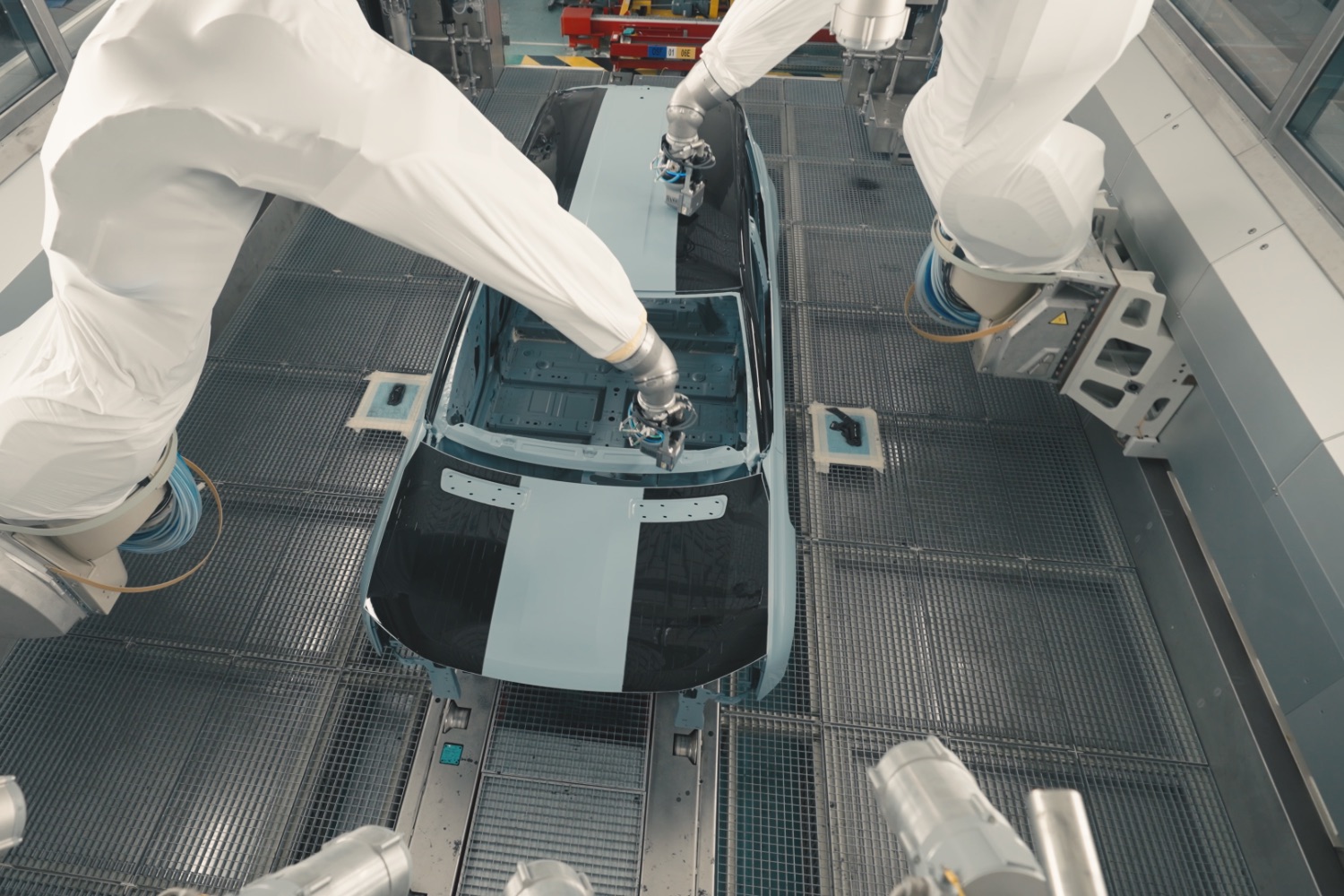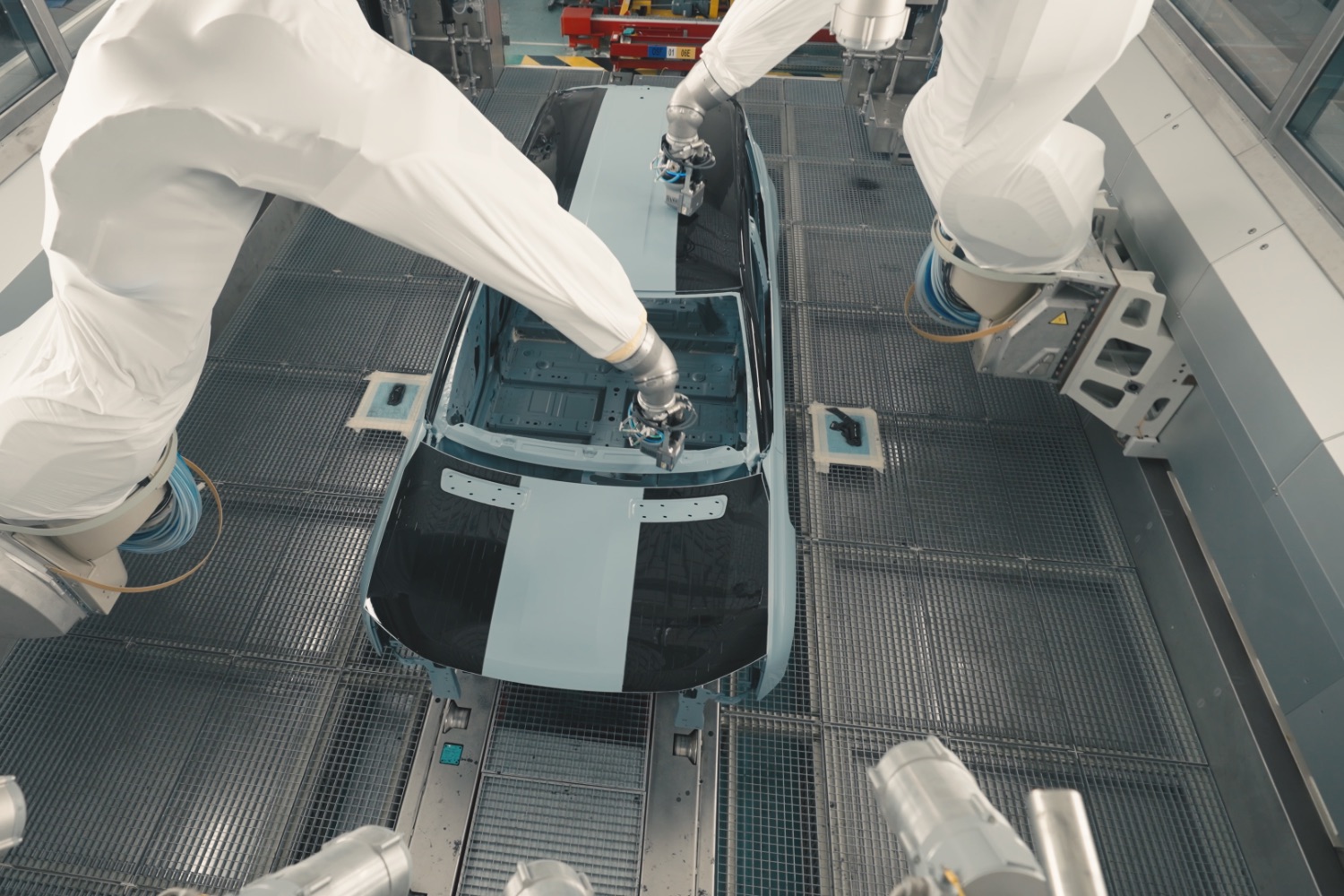Renault is introducing a new two-tone paint process at its Maubeuge plant in northern France. The Jetprint Paint system will be used on the upcoming Renault 4 E-Tech electric, the first all-electric passenger car to be built at the site.
Until now, two-tone paint jobs have been a time-consuming and waste-heavy process. Jetprint changes that by applying both colours in one go, using a specialised booth with two robots that paint the roof and bonnet in just six minutes.
What's different about this new system?
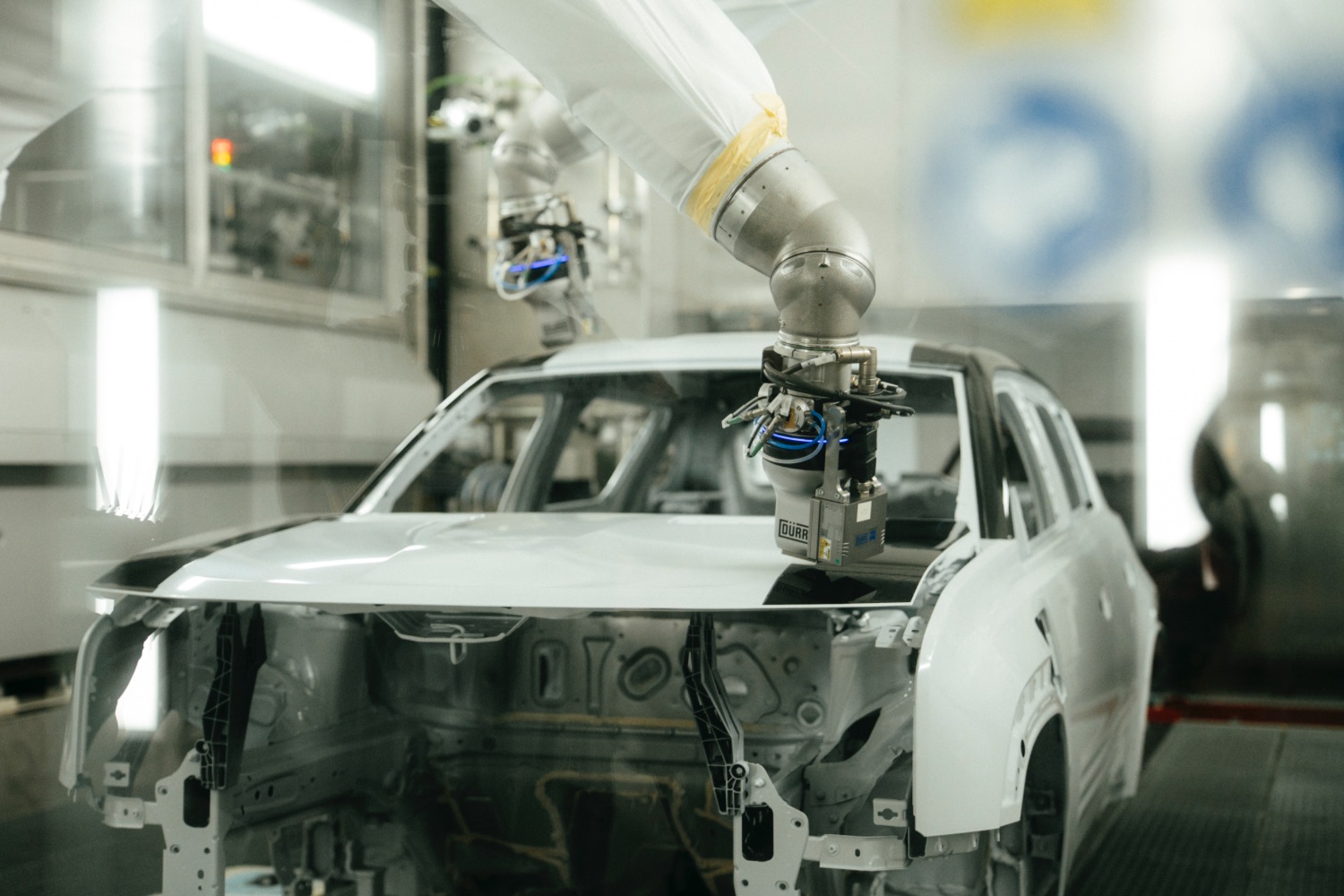
Traditionally, a two-tone finish meant sending a car through the paint line twice. First, the body would be painted and dried. Then, workers had to manually mask off parts of the vehicle before applying the second colour, followed by another drying stage. The process took hours, used a lot of materials like plastic and tape, and created extra waste.
Jetprint replaces that with a much faster and cleaner system. It removes the need for manual masking, and because the paint is applied more precisely and only once, it saves time, cuts waste and reduces energy use. The new setup is integrated directly into the production line - something Renault hasn't done before.
Implementing this technology was a real challenge for the Maubeuge paint team. Frédéric Rairoux, a paint sector consultant for the R4 project, explains that everything about the process was new from both a technical and a material perspective. “Jetprint Paint requires different technology and a different type of paint. So, we developed a specific paint booth and organised training for employees”.
How does the Jetprint system work?
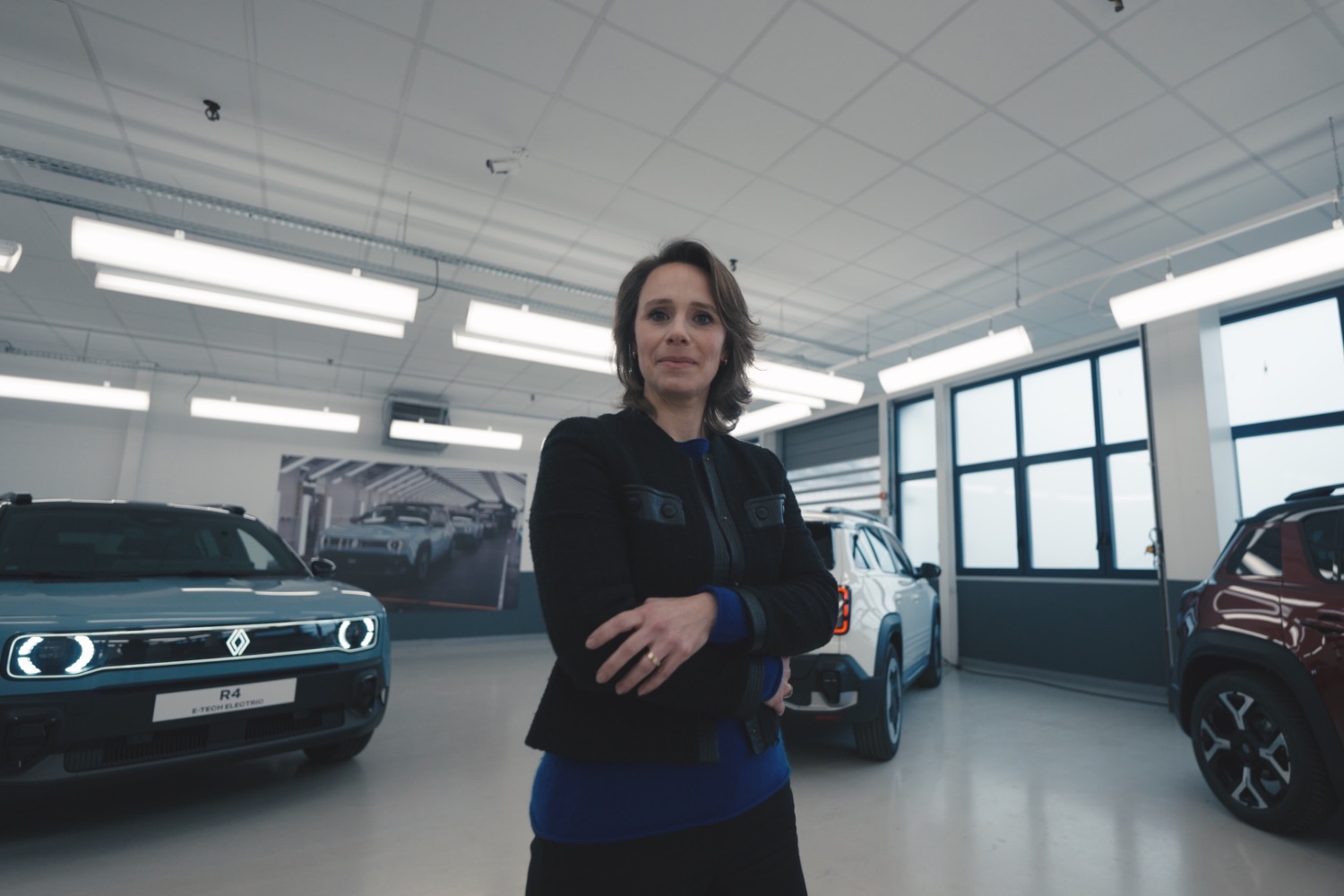
The Jetprint process is based on paint printing technology. Instead of spraying a mist of paint across the whole car body, Jetprint uses a controlled jet - between 1mm and 50mm wide - to apply colour directly to specific areas, like the roof and bonnet.
The precision of this method means a clean line between colours without any taping. Two robots complete the job in minutes, with less mess and zero paint waste.
Katell Lavisse, Head of the Paint Trade Department at Renault Group, says the system offers flexibility. “With this innovation, the Renault 4 E-Tech electric can be personalised in a unique way, with or without the canvas roof,” she explains.
Is it better for the environment?
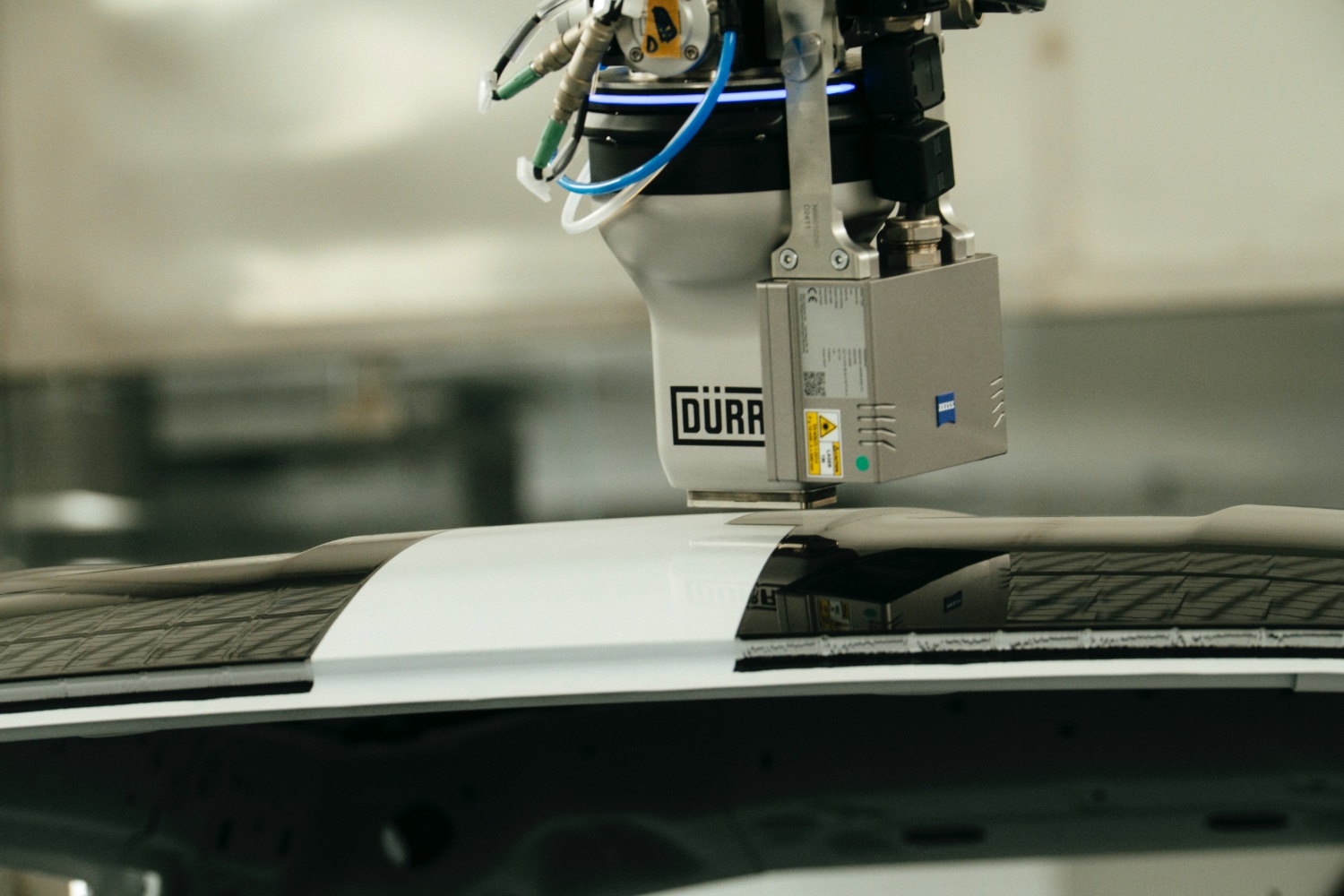
Yes. Renault says the system will save around 1.7GWh of electricity annually, roughly what 350 homes use annually. It will also cut 331 tonnes of CO₂ emissions, and since it eliminates the second oven drying phase, it uses far less energy overall.
Will this be used on other models?
For now, Jetprint Paint is launching on the Renault 4 E-Tech, but the French company's engineers believe it could eventually be used for more customised finishes, like fleet branding or personalised colour schemes for private buyers. While still in the early days, the system could offer more flexibility in car design while helping the company reduce its environmental footprint.

